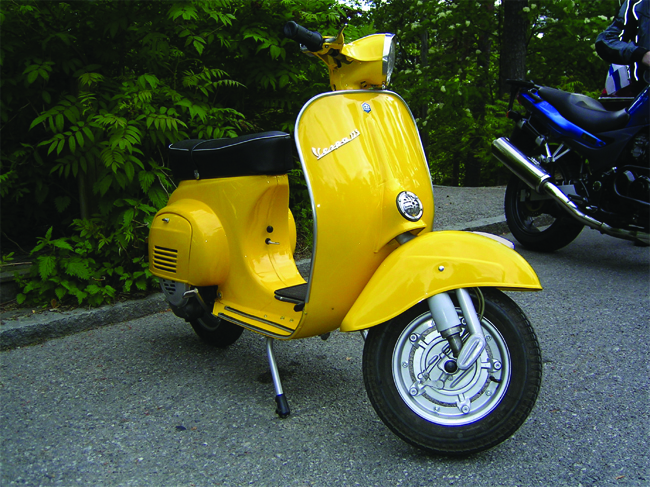Hear one coming and you know why it’s called a Vespa – or ‘wasp’ as it translates into English. Italia! looks into the birth of a true Italian icon, the Vespa scooter…

The years after World War II were harsh in Italy. Suffering from economic ruin, mass unemployment and the decimation of its military, the nation’s more enterprising companies turned to innovation in a bid to recover. The Piaggio aeronautics factory had been destroyed during the war, but its spirit lived on, and in 1946 the company filed a patent for a motorcycle that incorporated the engine into the cycle body and used mudguards to prevent the build-up of dirt and grime. The Vespa, as it was to become known, was born.
Engineers Renzo Spolti and Vittorio Casini were responsible for the design of the Moto Piaggio No.5 – nicknamed the ‘duckling’ – in 1944, but owner Enrico Piaggio wasn’t convinced and he contacted Corradino D’Ascanio from the company’s aeronautical division to redesign the scooter, commissioning him to pay particular attention to the aerodynamics. Two years later an initial batch of just 13 Vespa bikes was released. A year later 2,500 had been produced. By 1960 the annual production had increased to over 60,000. And then, in 1962, the film Roman Holiday, starring Gregory Peck and Audrey Hepburn, hit the silver screen – and that’s when sales really started to take off.
